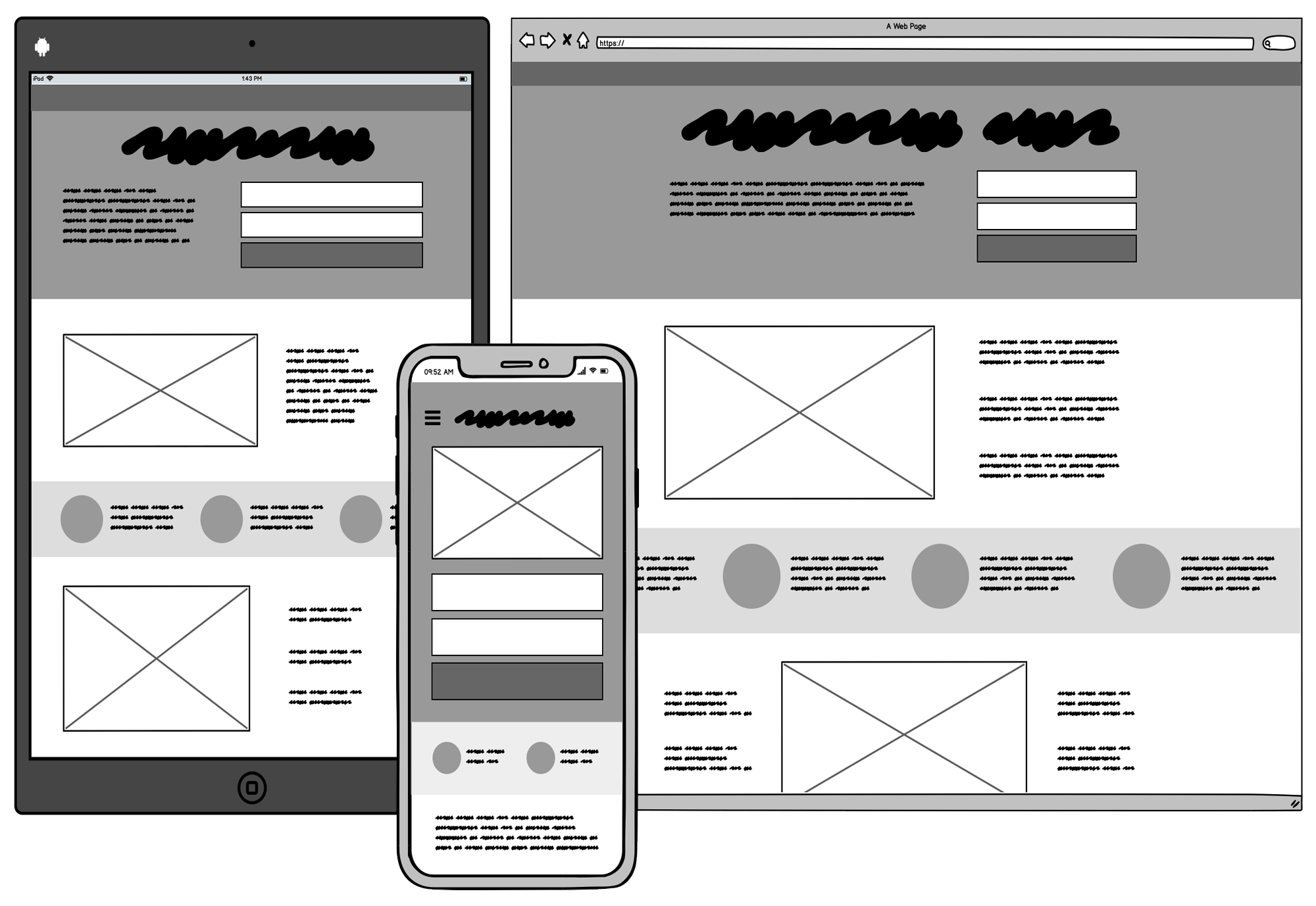

Thousands of years of evolution have made humans great BS detectors, so why do people even try to be something they’re not? If something smells fishy on a company’s website, would you buy their products? As a vendor, do you really want to only have the customers you have fooled into buying from you? It sets off the vendor/customer relationship on a bad note right from the start. Being transparent is how I’m trying to gain my customers’ trust and respect. Regarding transparency: in short, I am trying to build a company I would like to do business with as a consumer.

Would you suggest that most people should follow in your footsteps or is this a cultural decision that isn’t vital to success? How do you decide what is “OK to reveal” and how much is “too much?” (For example, you used to publish all revenue figures but recently you stopped that practice.)įirst of all I’d like to thank you Jason for the great work you’re doing with this blog, it’s part of my “read every single word, twice” folder in Google Reader, so it’s really an honor to be featured here. Obviously this works well for you, yet still most small companies persist in promoting the façade of being ten times larger than they are. Q: You’ve been impressively - some would say frighteningly - transparent on your website and blog about being a tiny company. Let’s hear what Peldi has to say about building startups. I’ve referenced Balsamiq previouslyas an example of how startups can grow in recessions and as a model for how small, informal companies should act.

The first Uncommon Interview is with Giacomo “Peldi” Guilizzoni, founder of Balsamiq Studios, makers of the popular Balsamiq Mockups, a tool for creating quick user interface mock-ups. Peldi got 100 product reviews in the first six weeks after product launch and raked in $800,000 in the first 12 months of operation. ( Leave a comment and tell me if you want more of these.) I’m starting the Uncommon Interview: Five questions that solicit deep answers with actionable advice, examples, and insight. You want to learn and get specific ideas from interesting, thoughtful people, not read a biography.
#Balsamiq wireframes confluence code#
If your colleagues haven’t bought Mockups, they’ll still be able to import your XML code in the free online demo version or open your BMML files in Mockups for Desktop, even after the trialĮxpires.I hate most interviews, and I think everyone else does too.You can achieve near-real-time collaboration by coupling Mockups for Desktop with a “file sharing in the cloud” service like DropBox ( learn more ).If you are using a plugin version of Mockups, you will be able to embed your Mockups in your wiki pages or bug reports, with access control, versioning and all the great Web Office features you’ve come to love.Mockups also exports to the clipboard, so that you can simply paste the snapshots to your Word or Powerpoint requirement documents and feature specifications.Mockups exports to common PNG images which can be emailed as attachments, easily embedded in a website or saved in a shared folder.multiple ways to share and get feedback on your designs:.

You’ll be offended by their input, they’ll know immediately that you The idea is to encourage as much feedback as possible…no-one will think


 0 kommentar(er)
0 kommentar(er)
